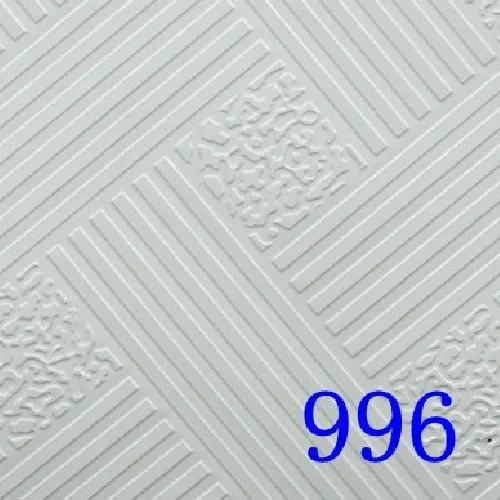10 月 . 03, 2024 06:51 Back to list
Exploring the Benefits of Suspended Ceiling T-Grid Systems for Modern Interiors
Understanding Suspended Ceiling T-Grid Systems
Suspended ceiling T-grid systems are an integral part of modern architectural design and construction. Widely used in both commercial and residential spaces, these systems not only provide aesthetic benefits but also contribute to functional performance. This article delves into the components, installation, advantages, and applications of suspended ceiling T-grid systems.
A suspended ceiling system consists of a grid framework that supports ceiling tiles, often made from mineral fiber, gypsum, or metal. The T-grid specifically refers to the T-shaped metal pieces that form the framework of the ceiling. These components are typically manufactured from galvanized steel to ensure durability and resistance to corrosion. The grid system comprises main beams, cross tees, and perimeter moldings that work together to create a robust support structure for the ceiling tiles.
Installation Process
The installation of a suspended ceiling T-grid system begins with planning the layout. Accurate measurements of the room dimensions are necessary, followed by deciding the height at which the ceiling will be suspended. After marking the positions, the main beams are installed first, anchored to the walls with suitable fasteners. Cross tees are then inserted into the main beams at designated intervals to create a grid pattern. Finally, the ceiling tiles are placed into the grid openings, completing the installation.
Installing a suspended ceiling is often preferred over other ceiling types due to its ease of maintenance. The accessible design permits quick removal and replacement of tiles, enabling easy access to plumbing, electrical, or HVAC systems hidden above. If a tile is damaged or stained, it can be swapped out without disrupting the entire ceiling.
Advantages of Suspended Ceiling T-Grid Systems
suspended ceiling t grid system

One of the significant advantages of suspended ceiling T-grid systems is their versatility. They can be customized to fit various stylistic preferences, allowing architects and designers to create visually appealing interiors. With a range of tile finishes available, including textured, colored, or even printed designs, the potential for creative expression is boundless.
Another benefit is the improvement in acoustics. Suspended ceilings can be designed with sound-absorbing tiles that help control noise levels within a space, making them ideal for offices, conference rooms, and educational facilities. Additionally, the air gap between the original ceiling and the suspended one facilitates better thermal insulation, contributing to energy efficiency in buildings.
Moreover, these ceiling systems play a crucial role in lighting design. They provide a convenient way to integrate recessed lighting fixtures, enhancing the overall illumination without taking away from the room's visual appeal. This integration helps create a well-lit and inviting atmosphere, important for both functionality and aesthetic harmony.
Applications Across Industries
Suspended ceiling T-grid systems are prevalent across various industries. In commercial settings, they are widely used in offices, retail spaces, and institutions like schools and hospitals. Their ability to blend function with aesthetics makes them suitable for environments where both appearance and practicality are essential.
In residential applications, these systems are also becoming popular, particularly in basements or multi-functional rooms where homeowners require flexibility. The ease with which tiles can be replaced or adjusted allows homeowners to adapt the space according to their changing needs.
In conclusion, suspended ceiling T-grid systems are a valuable addition to modern architecture, offering a combination of functionality, design flexibility, and practicality. Whether one is looking to enhance acoustics in a commercial space or create a stylish ambiance in a home, these systems hold the solution. As building practices evolve, the suspended ceiling T-grid system will likely continue to play an essential role in shaping the indoor environments we inhabit.
-
Revolutionizing Interior Design with Ceilings t grid Suspended SystemNewsOct.29,2024
-
Revolutionizing Ceiling Design with ceiling access panel with Gypsum Tile WaterproofNewsOct.29,2024
-
Revolutionizing Interior Design with PVC Gypsum Ceiling: A Comprehensive GuideNewsOct.29,2024
-
Elevating Interior Design with High quality Mineral Fiber Ceiling TilesNewsOct.29,2024
-
Revolutionizing Interior Design with PVC Gypsum Ceiling: A Comprehensive GuideNewsOct.29,2024
-
Elevating Interior Design with High-Quality Mineral Fiber Ceiling Tiles: A Comprehensive GuideNewsOct.29,2024







